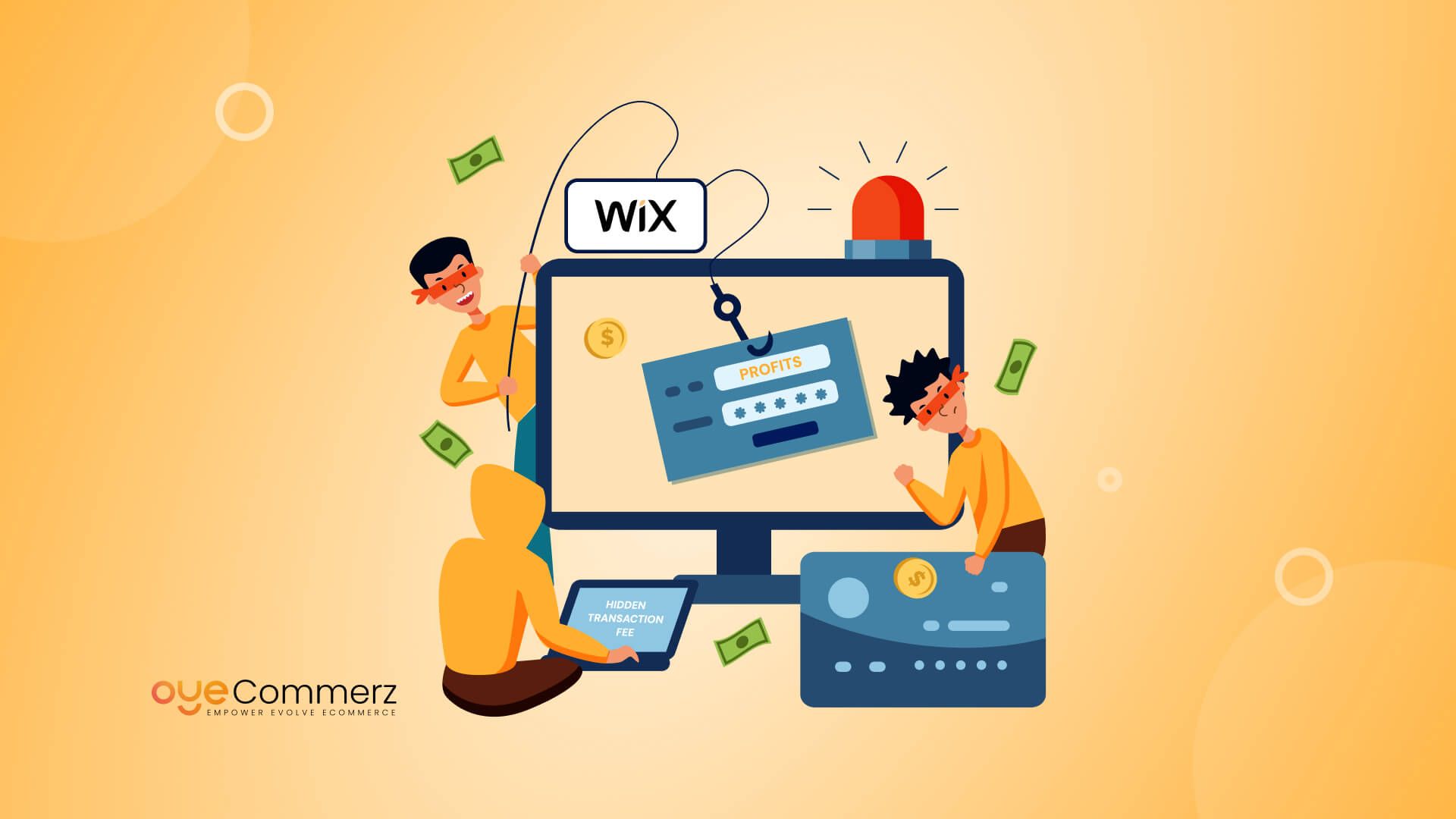In today's online landscape, selecting the right e-commerce solution is crucial for enterprise success. If you're presently using Wix but are considering a move to Shopify, you are in good company. Many businesses are migrating to Shopify to take advantage of its robust features, expandability, and dedicated e-commerce solutions. This article will outline the migration process, ensuring a seamless transition and preparing you for e-commerce achievement.
Why Switch from Wix to Shopify?
Before diving into the migration process, it's essential to understand why Shopify might be a better choice for your e-commerce requirements:
- E-commerce Focus: In contrast to Wix, which serves various website types, Shopify is designed specifically for e-commerce, offering sophisticated tools and functionalities optimized for digital commerce.
- Scalability: As your company grows, Shopify can seamlessly handle increased traffic and transactions capacity without compromising efficiency.
- Wide-ranging App Ecosystem: Shopify offers a vast library of apps that can boost your store's capabilities, from advertising solutions to stock control options.
- Search Engine Optimization: Shopify provides superior SEO tools, which can assist in improving your store’s presence on search engines.
- Transaction Methods: With multiple transaction platforms available, including Shopify Payments, you can offer shoppers a variety of options.
Getting Ready for Transition
To guarantee a smooth migration from Wix to Shopify, follow these preparatory steps:
1. Backup Your Data
Download all your data from Wix, including product details, customer information, and transaction logs. This step is vital as it ensures you have a backup of all data before starting the migration.
2. Select a Pricing Option
Assess the different Shopify subscriptions available and select one that best suits your business requirements. Consider factors such as transaction fees, features included, and scalability options.
3. Set Up Your Shopify Account
Register your Shopify profile and explore the platform’s dashboard and features.
The Migration Process
Now that you are prepared, it’s time to transfer your store from Wix to Shopify. Here’s how:
1. Transfer Items
Use Shopify's built-in migration utility or external migration apps like Cart2Cart or LitExtension to move your items from Wix to Shopify.
Ensure that product descriptions, pictures, E-commerce growth prices, and variants are correctly imported.
2. Transfer Customer Data
Import customer information such as user names and email addresses into your new Shopify store. This step is critical for retaining customer relationships and marketing efforts.
3. Configure Transactions
Set up transaction methods in your Shopify store to ensure seamless payments. You can choose from various platforms like credit cards, PayPal, and more.
4. Personalize Your Store Design
Choose a design that aligns with your brand identity. Customize it using Shopify's customization options to create an appealing and intuitive store layout.
5. Search Engine Optimization
Apply SEO strategies during the migration process:
- Set up 301 redirects from old Wix URLs to new Shopify URLs.
- Enhance product titles, descriptions, and photos with targeted keywords.
- Modify meta tags and alt texts for improved search engine visibility.
After Migration Steps
Once your store is active on Shopify, follow these post-migration steps:
1. Test Your Store
Perform thorough testing of your new store:
- Verify product pages for accuracy.
- Verify payment processes.
- Make sure all hyperlinks work correctly.
2. Promote Your Store
Announce your new store launch through newsletters and social platforms.
Think about offering special offers or sales to attract customers.
3. Track Your Progress
Use analytics tools within Shopify to monitor revenue growth and customer behavior.
Adjust your strategies based on data insights.
Conclusion
Migrating from Wix to Shopify can significantly improve your e-commerce capabilities and lay the foundation for growth and success. By following Payment gateways this manual and taking a step-by-step approach to the migration process, you can guarantee a smooth move that minimizes downtime and boosts opportunities for sales. Embrace the change and watch your online business thrive on its new platform!
